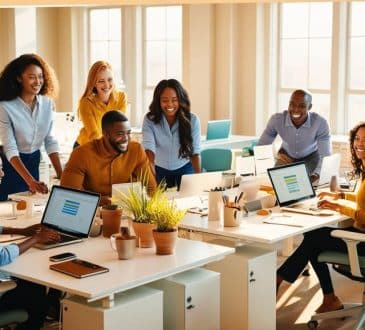Uncertainty on Economic Forecasts According to Australia’s Central Bank

Australia’s central bank acknowledged on Monday that economic forecasts were subject to significant uncertainty, which has influenced policymakers’ decision to maintain current interest rates while awaiting additional data.
Reserve Bank of Australia (RBA) Deputy Governor Andrew Hauser, during a speech in Brisbane, noted that inflation had been persistent partly because there was less spare capacity in the economy than previously estimated, though he cautioned that these estimates could be prone to error.
Hauser pointed out that this uncertainty was a key reason why the RBA’s latest projections showed core inflation—recorded at 3.9% in the June quarter—was not expected to return to the target range of 2-3% until the end of 2025, a timeline extending more than a year into the future.
However, he emphasized that the adjustment in assumptions was minor when compared to the vast range of uncertainty surrounding these forecasts. Hauser remarked that people tend to be overconfident, particularly when making predictions about the future, and that in many instances, the correct response would be to acknowledge the limitations of their knowledge.
He suggested that in some cases, this uncertainty might lead to a more cautious approach, where policymakers might prefer to wait for more data rather than risk making decisions that could trigger unintended consequences.
Hauser also mentioned the potential risks that unemployment could rise more quickly than anticipated and that consumer spending might increase more strongly in response to a predicted rise in household wealth. Hauser cautioned against anyone who claimed to have a clear solution, labeling such confidence as misguided.
The RBA has maintained its policy stance since November, believing that the current cash rate of 4.35%—a significant increase from the 0.1% during the pandemic—was sufficiently restrictive to bring inflation down to the target level while still preserving employment gains.
Although some analysts had argued that the interest rates were not high enough, the RBA’s reluctance to raise rates further led most economists to predict a rate cut early next year, a move that would lag behind other major central banks.
Markets had recently shifted their expectations, now betting on an easing by year-end, whereas they had previously considered the possibility of another rate hike.
| GDP (nominal) | Capital | Head of State | Head of Government | GDP (nominal) per capita | GDP (PPP) | GDP (PPP) | GDP (PPP) per capita |
|---|---|---|---|---|---|---|---|
| Australia | Canberra | Sue Lines | Anthony Albanese | 1.687.713 | 63.487 | 1.780.000 | 64.675 |
Have you read?
The Top 100 Highest-paid CEOs in America.
Countries With Lowest Rate of Economic Growth in 5 Years.
Countries Most in Debt to China.
Most Attractive Cities for Global Talent.
Largest economies in the world by Share of Global GDP.
Bring the best of the CEOWORLD magazine's global journalism to audiences in the United States and around the world. - Add CEOWORLD magazine to your Google News feed.
Follow CEOWORLD magazine headlines on: Google News, LinkedIn, Twitter, and Facebook.
Copyright 2025 The CEOWORLD magazine. All rights reserved. This material (and any extract from it) must not be copied, redistributed or placed on any website, without CEOWORLD magazine' prior written consent. For media queries, please contact: info@ceoworld.biz








